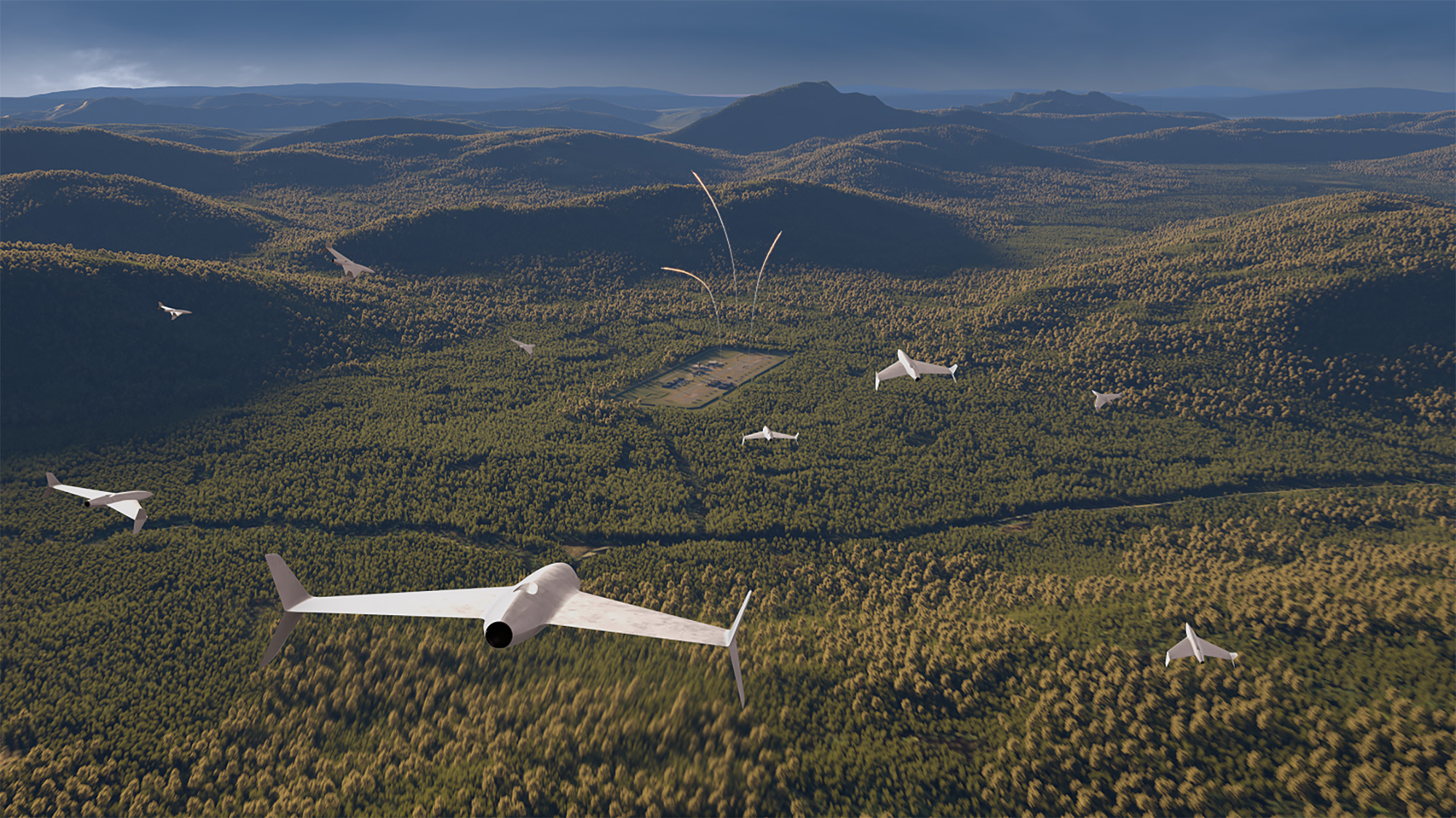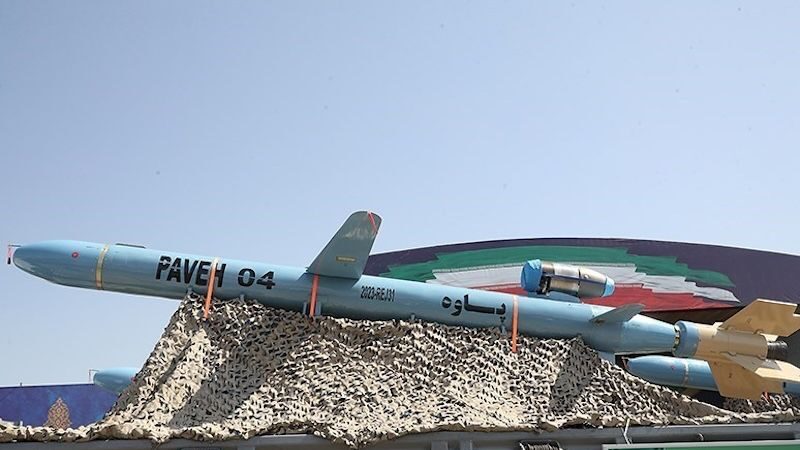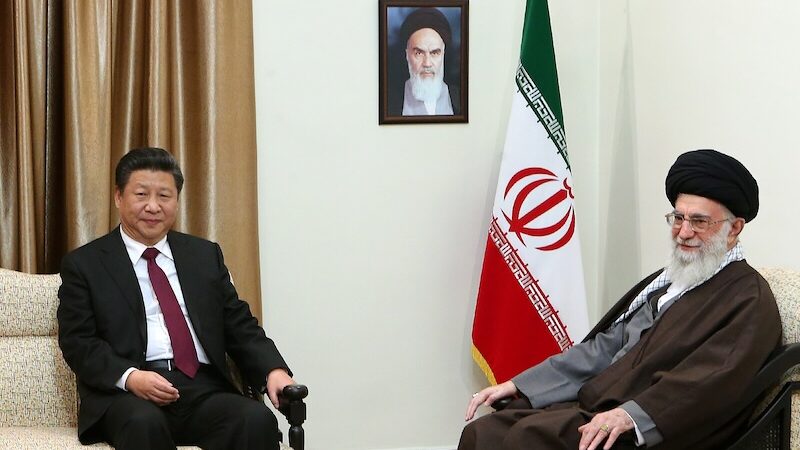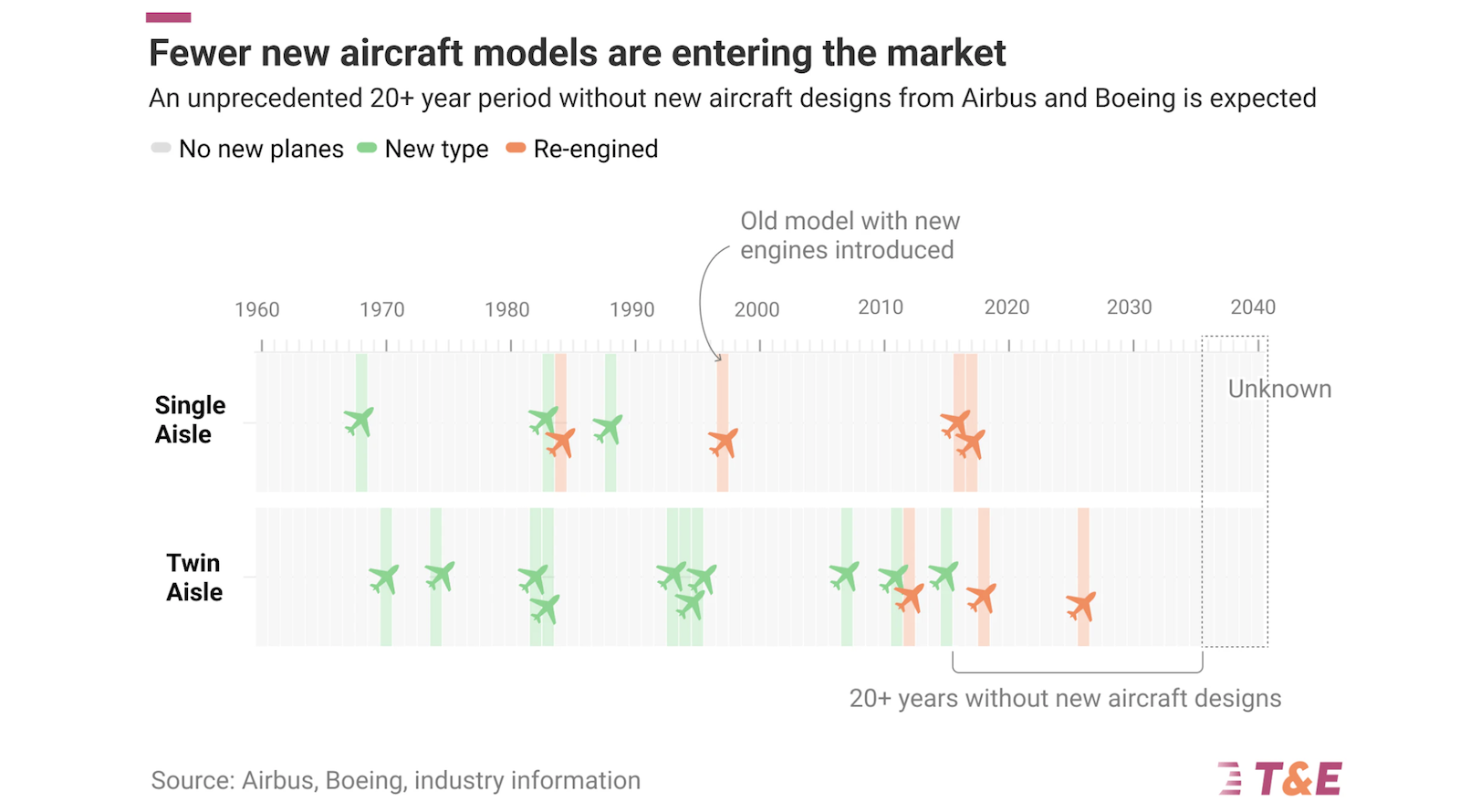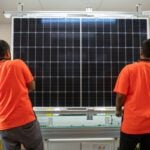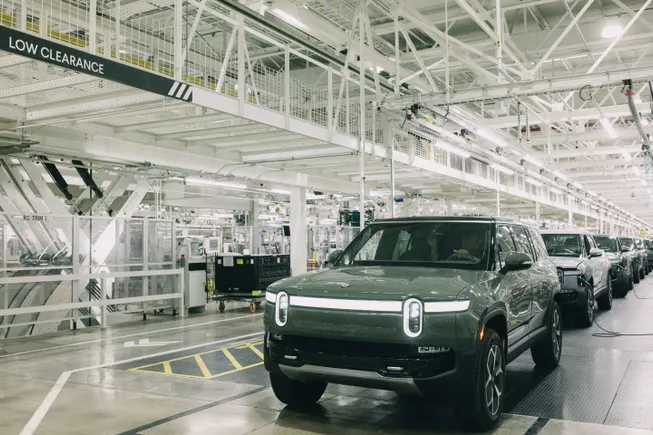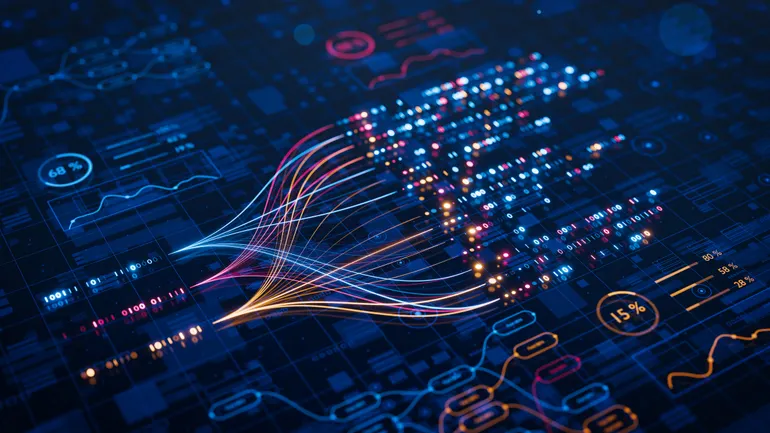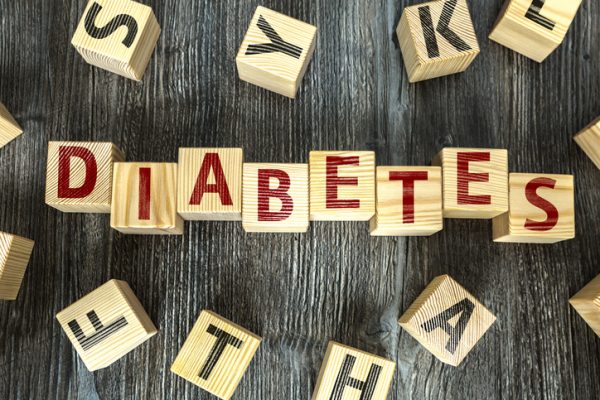Tailoring Electronic and Morphology Features of Iron‐Doped Ni2P Nanoflowers for Enhanced Ammonia Electrosynthesis in Solid Electrolyte Reactors
Advanced Energy Materials, Volume 15, Issue 23, June 17, 2025.

This study presents an innovative ammonia (NH3) electrosynthesis reactor that integrates a self-assembled iron-doped Ni2P (Fe-Ni2P/NF) nanoflower cathode with a solid-electrolyte, eliminating the need for supporting electrolytes. The reactor achieves complete NO3
− reduction with 96.7% NH3 selectivity and 81.8% faradaic efficiency at 100 mA m−2, offering a scalable solution for NH3 electrosynthesis and wastewater treatment.
Abstract
Electrochemical nitrate (NO3 −) reduction to ammonia (NH3) presents a promising route for both wastewater treatment and ammonia generation but still suffers from sluggish catalytic activity, insufficient mass transfer, and the reliance on high-concentration supporting electrolytes. This work reports an innovative and efficient ammonia electrosynthesis reactor by integrating a self-assembled iron-doped Ni2P (Fe-Ni2P/NF) nanoflower cathode with a solid-electrolyte (SE). The SE design eliminates the need for supporting electrolytes, providing a highly efficient ion-conducting pathway and enabling the direct production of NH3 from NO3 −. Through tailoring the electronic and surface characteristics of Fe-Ni2P/NF, this reactor achieves complete NO3 − reduction, 96.7% NH3 selectivity, and 81.8% faradaic efficiency with a NO3 − concentration of 100 mm at a current density of 100 mA m−2. Density functional theory (DFT) calculations reveal that phosphating and Fe doping synergistically enhance NO3 − adsorption and increase the availability of active hydrogen, thus favoring NH3 production at a low energy barrier of 0.695 eV. Additionally, the superhydrophilicity of the Fe-Ni2P/NF nanoflower catalyst promotes mass transfer by facilitating electrolyte access and ensuring rapid gas bubble release. This study provides a sustainable and scalable method for converting NO3 −-laden wastewater into valuable ammonia products.
































































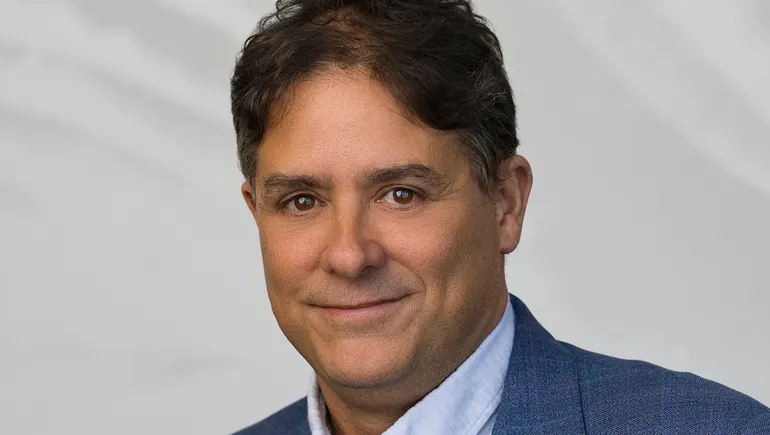









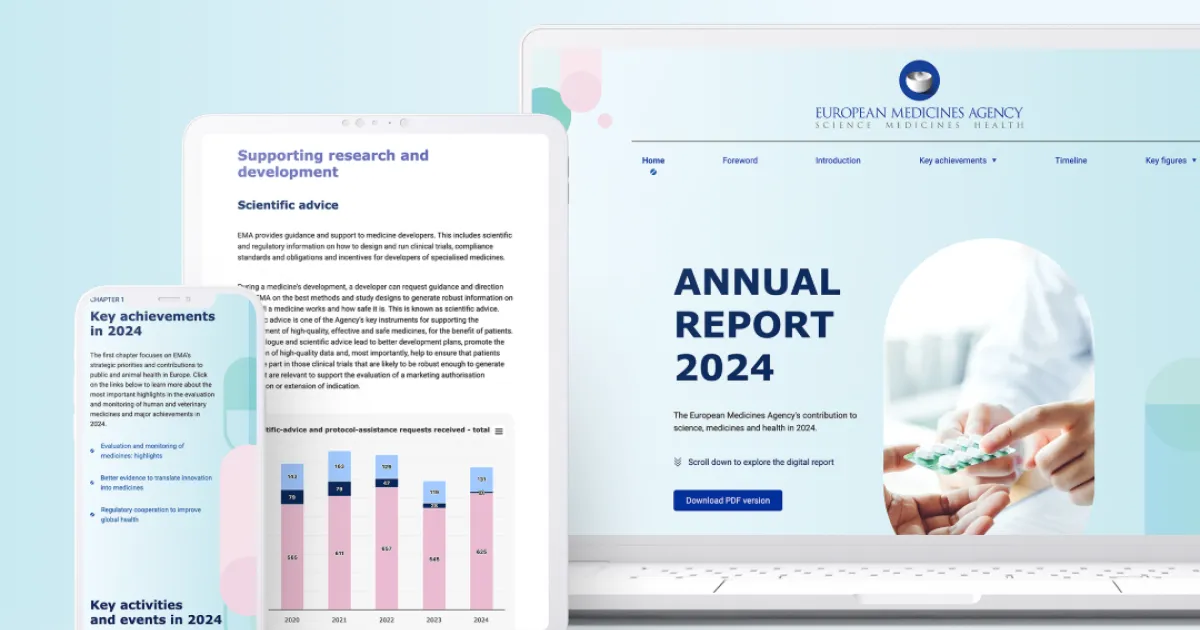






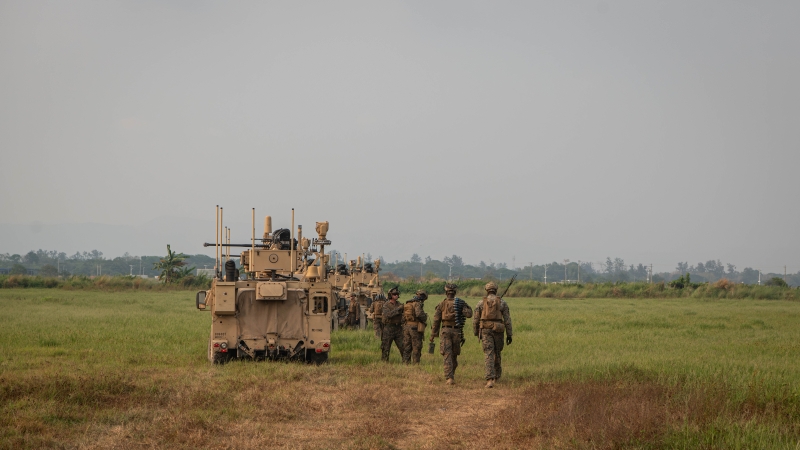
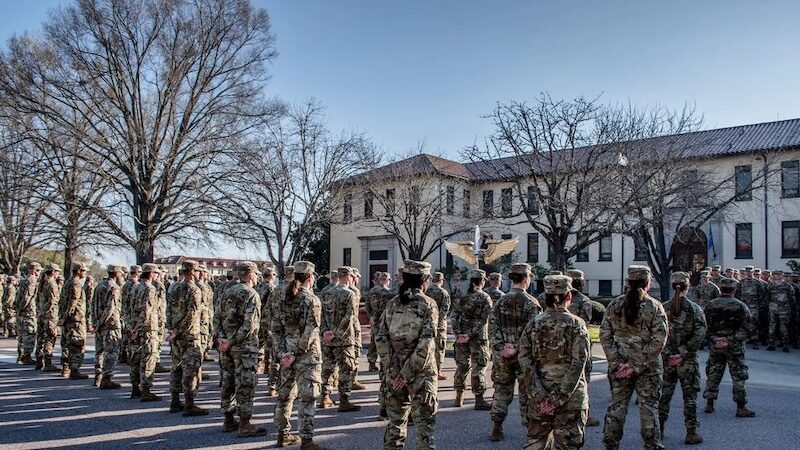


![The American contingent and Turkey’s autonomy goals: Paris Air Show Day 3 [Video]](https://breakingdefense.com/wp-content/uploads/sites/3/2025/06/Wednesday-Wrap.00_00_32_21.Still001.png?#)
![A look at the jets flying high above the Paris Air Show [PHOTOS]](https://breakingdefense.com/wp-content/uploads/sites/3/2025/06/Rafale_02-scaled-e1750268097167.jpg?#)















